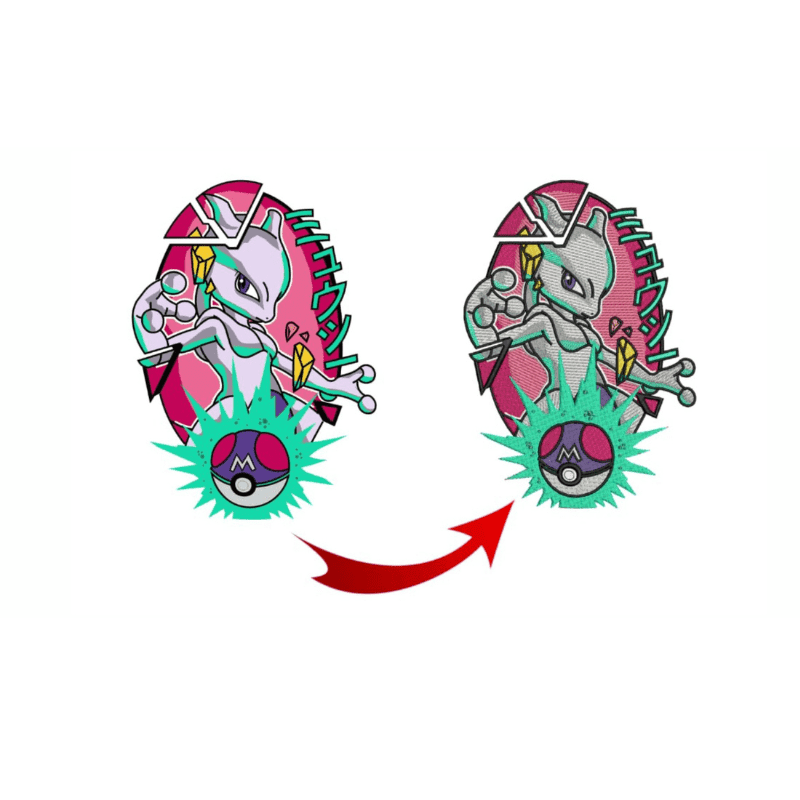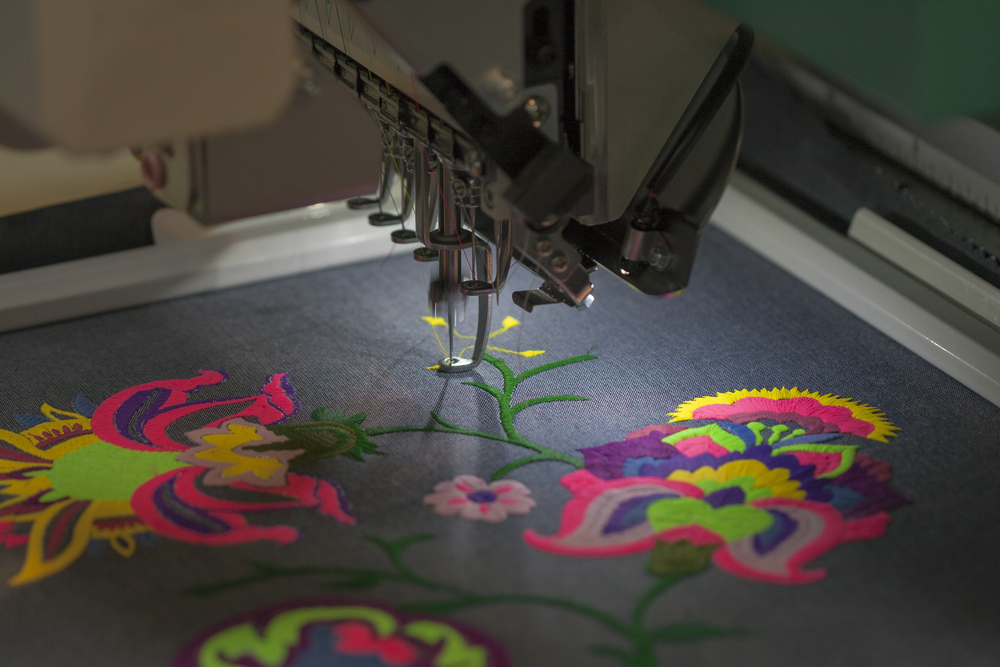Understanding the Needlework Digitizing Refine: Your Ultimate Guide
Needlework digitizing is a careful craft that needs precision and know-how to equate intricate layouts into digital layouts for equipment needlework. As craftsmens embark on this journey to grasp the embroidery digitizing process, a detailed understanding of the basics establishes the foundation for excellence. Past the fundamental understanding exists a world of sophisticated software, specialized devices, and nuanced techniques waiting to be explored. By diving right into the subtleties of digitizing, one can unlock a globe of innovative possibilities and elevate their needlework jobs to new elevations.

Comprehending Embroidery Digitizing Fundamentals
Needlework digitizing essentials form the foundation upon which intricate styles are equated right into machine-readable layouts for precise stitching. This preliminary action in the embroidery digitizing procedure is important for ensuring that the final stitched product is a devoted depiction of the initial layout. Comprehending embroidery digitizing basics involves comprehending key concepts such as stitch types, stitch direction, density, underlay, and pull payment.
Sew types play a crucial function in determining the visual and textural outcome of the embroidered design. By selecting the suitable stitch kind, whether it be satin, fill, or running stitch, digitizers can attain the wanted result and boost the total top quality of the embroidery. Additionally, stitch direction influences the flow and dimension of the design, while density identifies the spacing and protection of the stitches.
In addition, padding sewing provides stability to the design by protecting the material and stopping distortion throughout the embroidery process. Pull compensation is one more vital consideration to counteract the natural propensity of textile to contract when stitched. Grasping these needlework digitizing basics is basic for creating professional-quality stitched products.
Choosing the Right Digitizing Software Application
Picking the appropriate digitizing software application is a crucial decision that dramatically impacts the effectiveness and top quality of the needlework digitizing process. Digitizing for Embroidery. When selecting the ideal digitizing software program, it is vital to think about variables such as the complexity of styles you intend to develop, the user-friendliness of the software, the level of client assistance supplied, and the compatibility with your needlework device
There are different digitizing software program options readily available on the market, varying from standard programs for beginners to sophisticated software application for specialist digitizers. Some popular choices include Wilcom EmbroideryStudio, Hatch Embroidery Software Program, and PulseID. These software use a variety of devices and attributes to assist you develop intricate styles easily.
Before making a decision, it is recommended to check out the various software program alternatives through cost-free tests or demos to figure out which one ideal suits your demands. Additionally, reading reviews and looking for suggestions from seasoned digitizers can give valuable insights right into the toughness and weak points of each software (Digitizing for Embroidery). By carefully examining your needs and contrasting the features of different digitizing software application, you can make an educated selection that improves your needlework digitizing process
Digitizing Tools and Strategies

Optimizing Layout Setup for Embroidery
Grasping the ins go to website and outs of go to website layout settings is fundamental in attaining optimum lead to the embroidery digitizing procedure, structure upon the structure laid by understanding digitizing tools and methods. When maximizing design setups for needlework, it is essential to consider elements such as stitch kind, density, padding, pull settlement, and enrollment. Sew kind choice affects the total feel and look of the design, with choices like satin, fill, and running stitches offering various structures and impacts. Density describes the spacing and density of stitches, influencing the style's protection and longevity. Correct padding stitching gives stability and prevents material distortion, particularly for complex designs or on elastic products. Pull settlement readjusts for material stretch throughout stitching, ensuring accurate style duplication. Registration setups align different aspects of the design precisely, keeping general design stability. By fine-tuning these design settings, embroiderers can enhance the quality and precision of their embroidered developments.

Troubleshooting Common Digitizing Issues
When experiencing usual digitizing issues throughout the needlework process, it is crucial to comprehend the origin causes and carry out reliable services without delay. One common issue is stitch thickness issues, where stitches may be also dense, triggering the textile to pucker, or too sparse, resulting in spaces in the style. Changing the stitch density setups in the digitizing software program can help solve this problem.
Another frequent challenge is thread breaks during the needlework process. This can occur because of various reasons such as wrong stress settings, plain needles, or making use of low-quality thread. Ensuring appropriate upkeep of the needlework machine, consisting of routine needle modifications and tension modifications, can reduce the event of string breaks.
Furthermore, style registration mistakes can result in misaligned components within the needlework style. Checking the style positioning in the digitizing software and making needed adjustments prior to stitching this content can assist in avoiding this concern. By resolving these usual digitizing issues quickly and effectively, you can guarantee a smoother embroidery procedure and high-grade completed items.
Final Thought
Finally, mastering the needlework digitizing procedure needs a strong understanding of the essentials, the best option of software, and expertise of devices and techniques. Enhancing design settings and repairing typical digitizing issues are important action in making certain high-grade needlework results. By adhering to these actions vigilantly, one can achieve accuracy and effectiveness in the digitizing process.
Comments on “Comprehensive Digitizing for Embroidery: From Design to Sew”